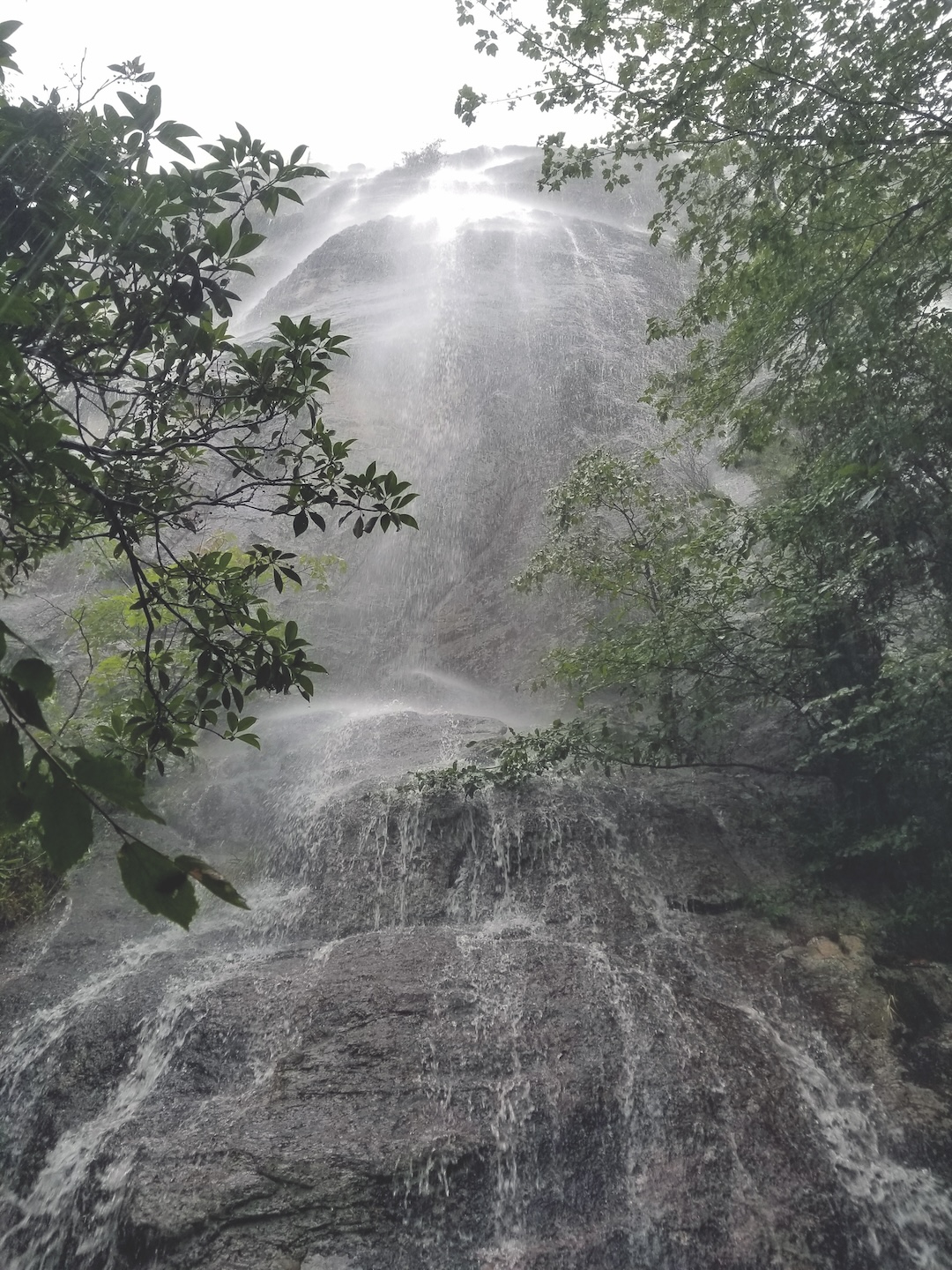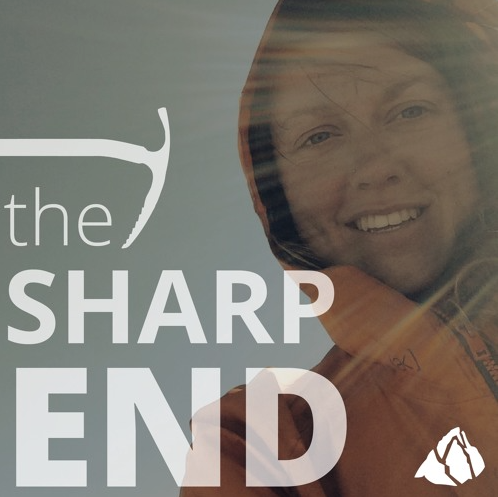Fall on Rock — Protection Pulled Out
North Carolina, Linvile Gorge, Table Rock Mountain

On August 2, I took a 20-foot whipper on Her Route (5.9) after my last piece blew. The route was at the upper end of my lead ability, and I knew very little about it. A group of Outward Bound students was top-roping nearby, and I was reaching my physical limit when one of the students fell and screamed. The sound led me to fall.
I am low-assistance-required autistic and more sound-sensitive than most people. The scream startled me, and the need for emotional regulation made falling or hanging inevitable (see “Climbing and Autism” below). I gave my belayer notice and placed a poor microcam, hoping it would hold body weight. I slipped and fell, rotating to the right. The cam didn’t hold, but the nut placed beneath it did. I hit the rock hard, striking my head and the right side of my upper back. In the process, I destroyed my helmet. One witness said I lost consciousness.
Immediately after the fall, I knew something was injured. It also started raining. Without hesitation, I downclimbed until I could get to the bolt anchor on an adjacent route. I then brought my partner up. We simul-rappelled 60 feet to a ledge from where we could scramble to the ground. We walked back to the parking lot in the pouring rain. I made it to the hospital, where I was diagnosed with compression fractures from T8 through T10.
ANALYSIS
The climb went well until I moved a bit off route to the left. When I heard the scream, I was struggling to find a way up. A good cam placement was not possible because of lichen and the flare of the crack. I’ve fallen multiple times leading and suffered nothing more than a scrape or bruise. This time I knew I was seriously injured. It might have been a fatal fall had I not been wearing a helmet. I’ve always told my partners that I won’t get on a climb that I can’t get both of us off of. But I never expected to do it in these conditions. (Source: Climber.)
*Editor’s Note: Credit goes to this climber for her knowledge of the area and ability to self-rescue, especially considering her extensive injuries. It’s good to know how to rescue your partner and yourself. Building an anchor, escaping a belay (load transfer), rappelling, and ascending fixed ropes are essential elements.
Climbing and Autism
In an article at UKClimbing.com, a climber with autism describes how the sport has helped them lean into their difference. Search “Unmasked—Climbing and Autism” to find it. In autism spectrum disorder, low-assistance-required refers to autistic individuals with a relatively mild presentation of autistic traits and who require minimal external support to function independently. Regulation refers to the ability to manage and respond to emotions, behaviors, and in this case, sensory experiences.

